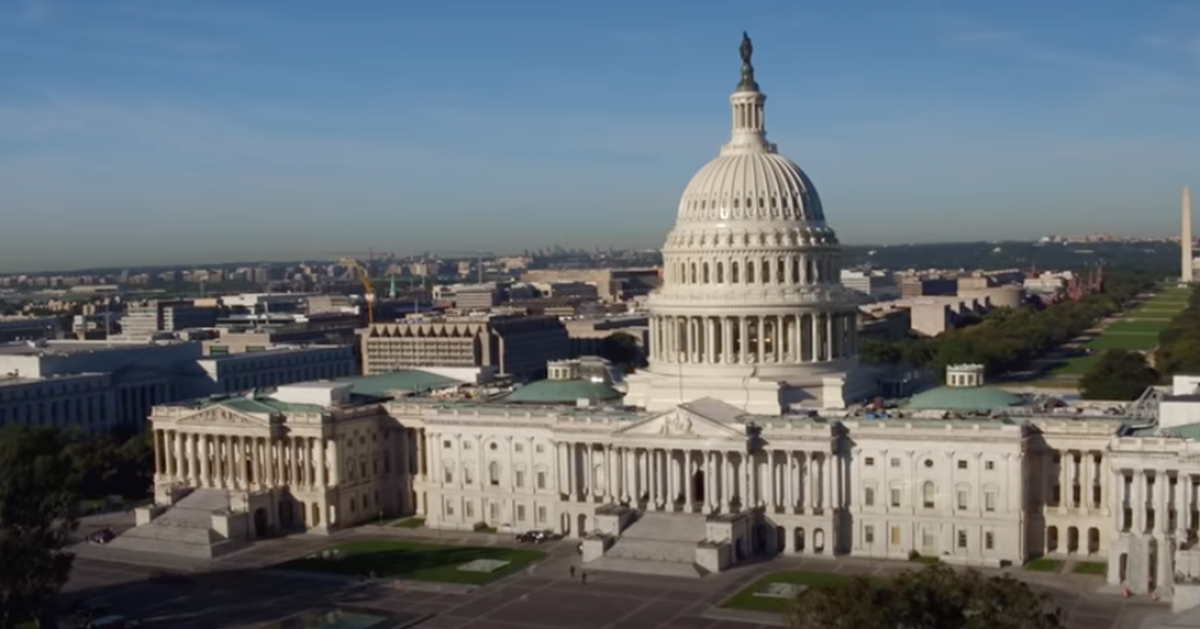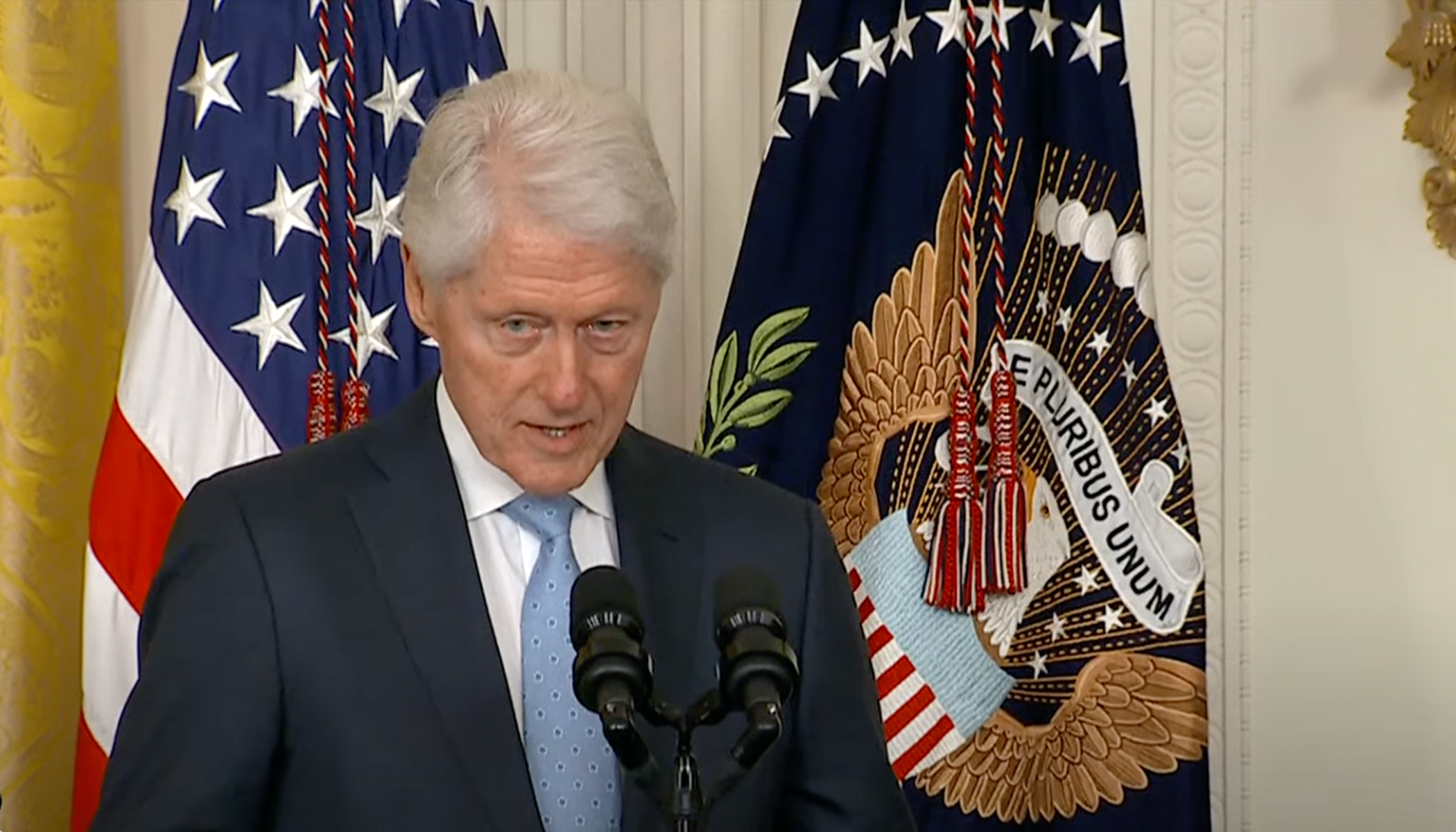Trump administration plans major USAID staff reduction
The Trump administration announced a significant reduction in the workforce of the United States Agency for International Development (USAID), which marks a drastic restructuring of the agency.
The reduction involves decreasing USAID's staff from 10,000 to fewer than 300 as part of a cost-cutting and streamlining initiative led by President Trump, as the Post Millennial reports.
In recent years, USAID has faced criticism from various U.S. government officials for allegedly wasteful spending on projects abroad.
Trump, who has spearheaded numerous cost-reduction measures across multiple government agencies, referred to the agency as being “run by a bunch of radical lunatics." This marks a pivotal moment in an ongoing effort to evaluate and potentially reallocate foreign aid resources.
USAID's Workforce to See Major Changes
The changes announced necessitate significant adjustments within USAID. As part of the workforce reduction, USAID will recall all overseas staff, leaving behind only those who are essential to what the agency describes as "mission-critical functions."
Only 294 employees will retain their positions, with a notably small number, 12 in Africa and 8 in Asia, remaining in specialized roles focused on humanitarian efforts. It reflects a reduced engagement in international development projects amidst the widespread contract terminations.
Secretarial Position Transition During Merger Process
A plan to merge USAID with the State Department is underway, indicating structural changes in how U.S. foreign assistance will be managed moving forward.
Marco Rubio, the secretary of State, has been appointed as the acting director during this transitional period. This merger aligns with the administration’s broader objectives to centralize and streamline operations within federal agencies tasked with international responsibilities.
Since its establishment in 1961 by President John F. Kennedy, USAID has operated as a prominent entity dedicated to providing economic and humanitarian assistance worldwide.
As of the fiscal year 2023, the agency received a budget allocation of $43.4 billion designated for various international projects. However, given the current administration’s strategic emphasis on resource optimization, USAID’s historical role appears to be undergoing substantial reevaluation.
Impact on USAID Contracts and Development Projects
The Trump administration’s decision also involves the termination of approximately 800 existing USAID contracts. The move signals a broader strategy to reassess ongoing commitments, and determine which projects align with policy goals under the current government.
Upon entering his second term, Trump introduced a 90-day halt on U.S. foreign development assistance. This initiative is representative of the administration’s scrutinous approach to spending, which impacts not only USAID but other agencies, such as the Environmental Protection Agency (EPA).
Implications for International Diplomacy, Foreign Aid
The decision to scale down USAID's operations and initiate a merger with the State Department could have wide-reaching implications for U.S. diplomacy and humanitarian efforts. USAID’s role in crafting diplomatic relationships through aid and support is well-documented, making its transition a topic of considerable interest on the international stage.
With the streamlining plans now public, stakeholders and partners, both domestic and international, are expected to closely monitor how these reforms will affect U.S. engagement in global development.
Future of U.S. Foreign Involvement in Question
As the transformation of USAID progresses, questions persist regarding the future of U.S. commitments to international development and humanitarian missions. While cost-saving measures constitute a central rationale behind the moves, the broader impact on America’s stature as a key player in foreign aid is a matter of ongoing discussion.
The executive order signaled a willingness to reformulate how the U.S. approaches overseas assistance. This perspective may reshape not only operational practices within USAID but also wider aspects of American foreign policy related to aid.
Broader Move to Reshape Federal Initiatives Underway
The downsizing of USAID represents a crucial component in a wider strategy of reassessment affecting several governmental bodies. The Trump administration’s agenda includes implementing similar measures across agencies to curtail expenditures and bolster financial efficiency.
Nevertheless, the USAID changes stand out for their potential ramifications on U.S. international relations and foreign aid strategies, demonstrating a noteworthy shift that stakeholders within the U.S. and around the world are keen to observe.





